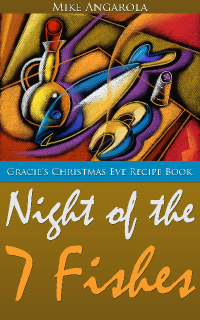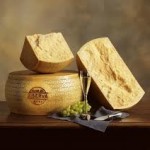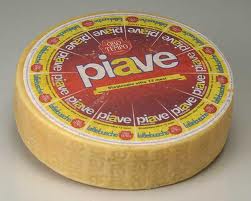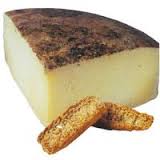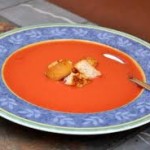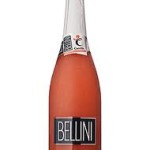
I am sure you’re wondering what a post about the “once every 17 years Cicadas invasion” is doing on a site devoted to Italian/Mediterranean Living. Truth is, I just finished mowing the lawn and with that about 1 million Cicada shells. I couldn’t help but thinks of some useful benefit to all these caucuses piling up under trees and sticking to just about everything. So since we see these critters every 17 years, here’s my top 17 benefits to their invasion.
1. Cicada shells make excellent kindling- Hey, you got an outdoor fire pit and need kindling to get the fire going? Cicada shell in numbers can do the job. They also add a nice crinkle to the fire.
2. Add to the compost – Not sure if this works but they gotta break down eventually. Stick a layer in there and next year you can add the rich compost to your “once every 17 years prized tomato plants.” Hey, looking for the Mediterranean connection here.
3. Cicada shells to control weeds – Pile a shovel full under pants in your garden or flower beds to control weeds. Think about it, they’re free, plentiful and most likely already laying there.
4. Great intro in the Birds and Bees conversation you been putting off – Cicadas make an appearance every 17 years, why? To mate and then die. Could be a nice lead into that conversation you need to have with your middle school child. Just saying!
5. They are tasty – Don’t get me wrong, I have yet and don’t plan on eating any of these critters, but have read that they taste like corn. With all the bad news filtering around micro wave popcorn, we could be on to a alternative.
6. Dogs love them – My dog can’t seem to get enough of them. Maybe it’s that corn popping taste.
7. Birds love them – You can save money on bird feed this spring. Have you noticed how happy and healthy the birds seem these days. I had a bird chase one right into the windshield of my car. Yes, they are messy.
8. Great conversation starter – At a party with nothing new to talk about. Just say “Cicada” and everyone will want to get into the conversation.
9. Great punishment for unruly children – I find that just the treat of having my kids clean up Cicada caucus is enough to keep them on the straight and narrow.
10. Make cicada pesto – Found this one on the web, but think I’ll pass and stick with pine nuts in my pesto. Cicada chef Jenna Jadin recommends trying the newly hatched cicadas, called tenerals, which are the most delicate and flavorful.
11.Great business for the struggling earplugs industry – Most active during the daytime, especially early morning, their chirps can reach the decibel levels of a jackhammer.
12. Bait for fly fisherman – Not sure if trout like Cicadas, but there is certainly plenty of free bait to find out.
13. Possible senior prank – Hey seniors you didn’t hear this one from me, OK. I did find a comment on the net that said the following, “Seniors in my HS collected hundreds of thousands of them and released them in the halls.
14. Marvel of Nature – Scientist don’t even know what to make of this 17 year mating cycle and are fascinated by them. Science teachers in elementary and middle schools have a class topic right outside their windows.
15. Cicada Ice Cream – Nothing says summer like a Cicada Ice Cream. I’m serious, here’s the site: Cicada Ice Cream.
16. Good lead in to “Safe Sex” conversation – Cicadas live underground for 17 years, show up, mate and die. Have sex and die, humm bounce that off your 16 year old.
17. Kids love them – They don’t bite, they fly, are very cool looking with those big eyes and little kids just think they are the coolest thing since fire flies. Very non-threatening.
Hey, don’t take my word for all this useful information, check out this blog post -http://site.cleanairgardening.com/info/are-cicadas-good-for-anything.html.
Enjoy the invasion!



